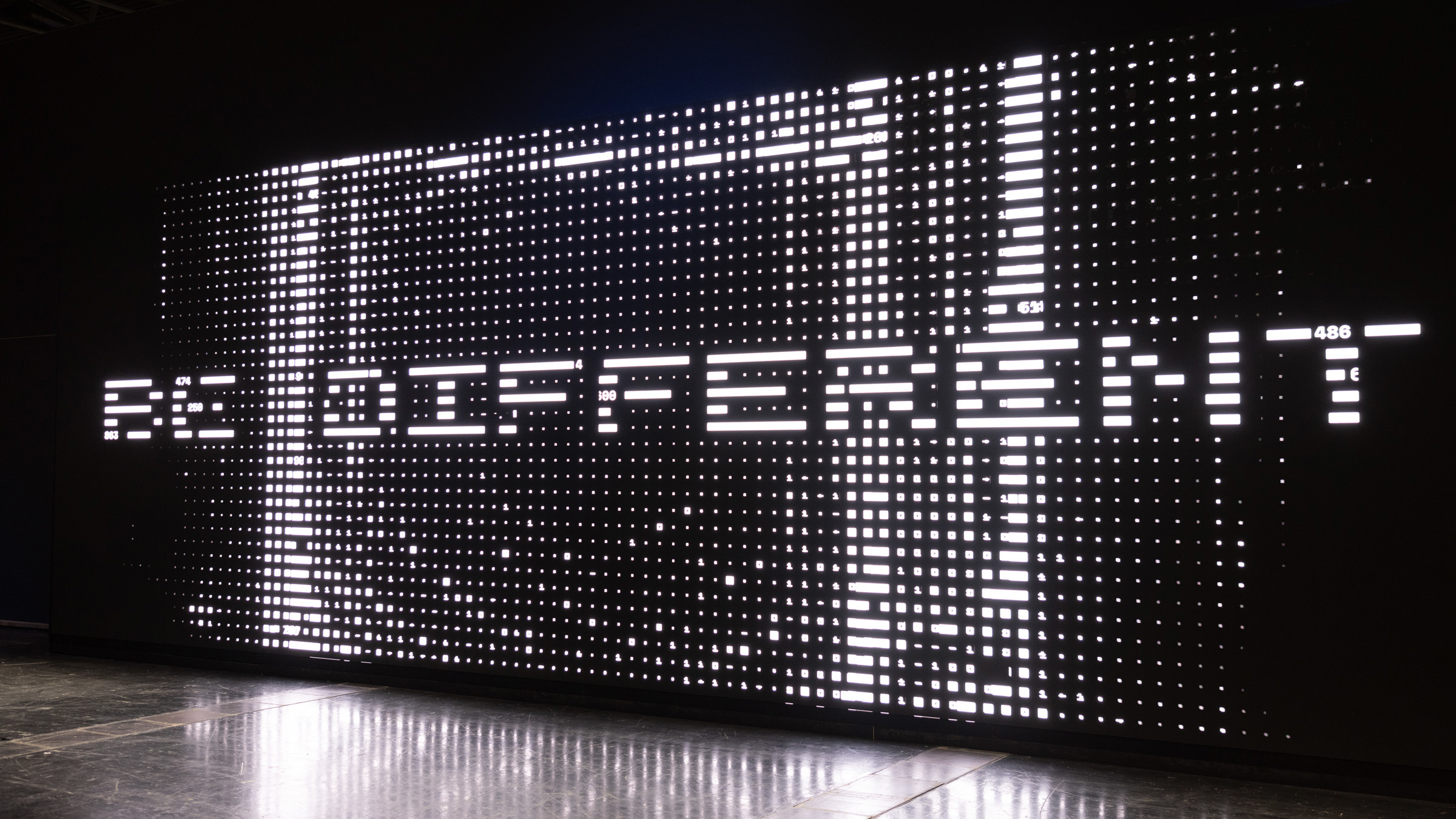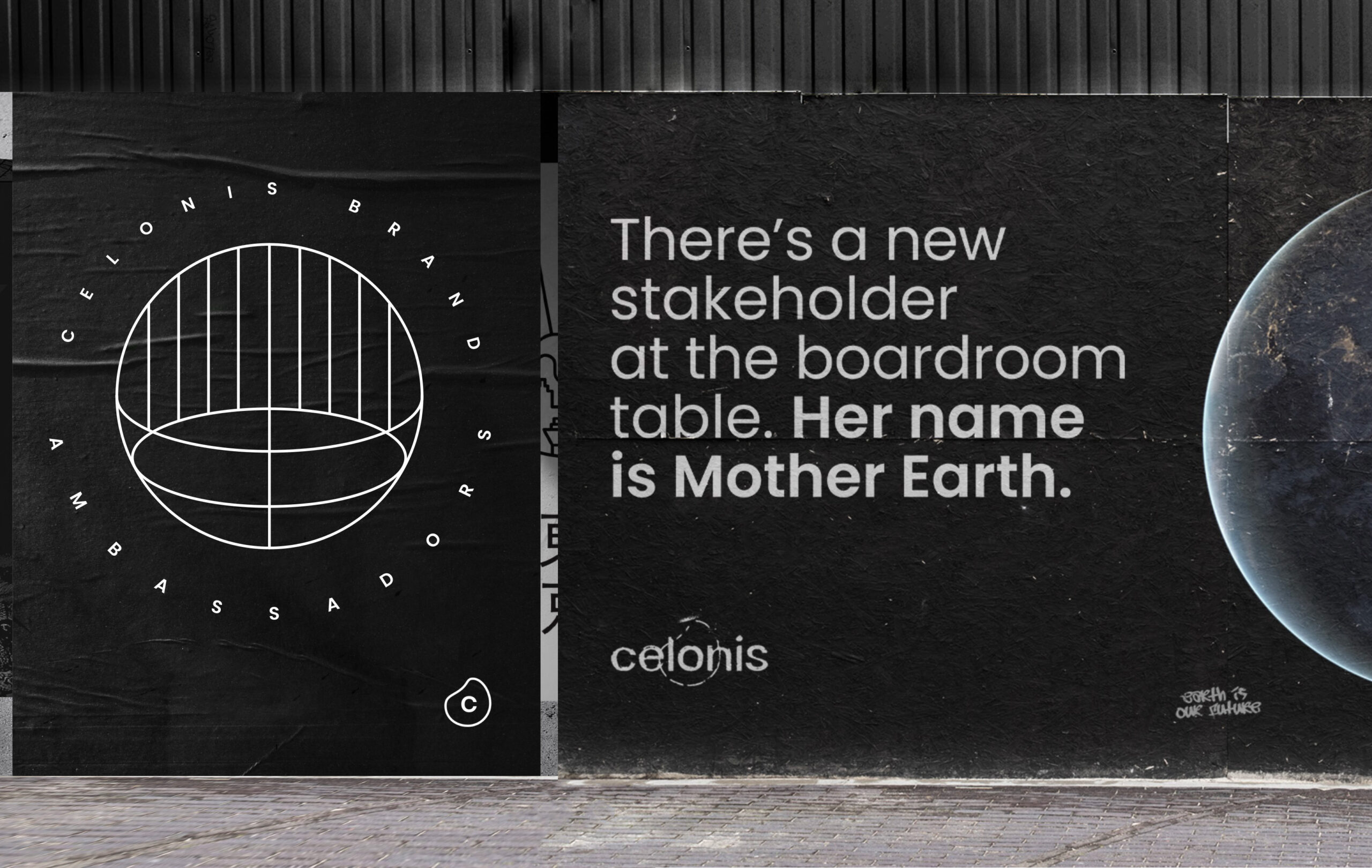
Thinking
Red Circle Exclusive: Interview with Christian Flaccus, Chief Brand Officer, Celonis

Red Circle Exclusive: Interview with Christian Flaccus, Chief Brand Officer, Celonis
Celonis has swiftly risen as a pioneer in a domain that’s reshaping how organizations operate at their very core. As the global leader in process mining and execution management, Celonis empowers businesses to uncover inefficiencies within their operations, using cutting-edge data analysis and intelligent automation. But Celonis isn’t just transforming the way companies optimize their operations; it’s redefining how tech brands speak, feel, and connect. In a space crowded with complexity and jargon, Celonis stands apart with a brand that is as bold as its mission. From its dynamic visuals and strikingly minimalist aesthetic to its approachable tone and emphasis on clarity, Celonis communicates the power of execution in a way that is both distinctive and human-centric.
This brand and design philosophy reinforces its position as not just a technology leader, but a partner dedicated to making transformative change accessible and impactful. Together with Christian Flaccus, Chief Design Officer at Celonis, we shed light on how Celonis uses its unique brand identity to carve out a compelling space in the world of enterprise technology.

“We focus on removing unnecessary layers of corporate formality, ensuring our communications remain human and engaging, which is vital for maintaining our unique company culture”
Christian Flaccus, Chief Brand Officer, Celonis
I’ve always seen the value in creating a strong and enthusiastic brand. This is especially useful in B2B software, where the product is abstract and hard to visualize. Everything relevant to building trust can be nicely packaged in clear and brave branding. This mindset was brought into Celonis early on by our team, and it’s been crucial in our journey.
When I met Alex, one of our founders an Co-CEOs, a few years ago, we had this running joke about when they’d be able to afford my services. Eventually, that day came about four and a half years ago. We began working on the brand because we believed wholeheartedly in the dimension of trust and trustworthiness. Investing in the brand wasn’t just about commitment to ourselves; it was about instilling commitment in others—employees, future investors, customers. It was about making sure what we stand for is clear, and I believe that makes a significant difference.

When we talk about being “disruptive by design,” we’re addressing the journey we’ve been on as a brand—essentially the transitions and transformations. Initially, it was crucial to look distinct so that we wouldn’t blend in with other corporate entities. Celonis didn’t want to be another corporate player that people look at with suspicion. Standing out was the first step. We wanted our brand to reflect an honest and human side, devoid of unnecessary corporate formalities.
To explain what that means: People tend to sometimes confuse formal with professional. You don’t need to sound like you’re writing a letter to the mayor to come across as professional. We aim to sound professional while also being perceived as humans. Not hiding behind phrases and jargon.
Today, our sense of disruption has evolved. It’s not just about looking different for the sake of being different. Our foundational disruption phase led to some serious soul-searching where we rediscovered our essence—what our founders stand for, what we could represent as a company. That allowed us to decide what kinds of disruption were true to our identity. This now translates to reducing unnecessary corporate formalities and communicating in ways that are more human and trustworthy.
“We wanted our brand to reflect an honest and human side, devoid of unnecessary corporate formalities.”
Christian Flaccus, Chief Brand Officer, Celonis
We started with our experience principles, involving different departments to envision how these principles should ideally be adopted across touchpoints. Then, it was about enabling everyone to follow these principles. We’ve instituted a small program to involve and educate our team, giving a brand introduction to new joiners each month. It’s a lot of groundwork, ensuring everyone understands and embodies these principles.
Our brand principles themselves span across all experience-creating functions—customer, product, employee, brand, and partner experiences. We aim to align and shape these principles collaboratively. Another crucial point is incorporating our company values into our brand values. This alignment ensures that our brand truly represents the ingrained values supported by everyone within the company. This creates consistency and commitment to the brand from within.
One key aspect of our design principles is contrast and clarity. For example, using black and white to reduce noise highlights our content and message. This minimalist yet purposeful design approach allows us to communicate effectively and stand out in a cluttered B2B tech landscape. It’s about ensuring every element we use, from design to language, enhances clarity and trustworthiness.
It’s about awareness and balance. We differentiate between necessary professional structures and old-school corporate norms that no longer serve. This mindset helps us remain authentic and agile. For example, in brand and marketing, we focus on removing unnecessary layers of corporate formality, ensuring our communications remain human and engaging, which is vital for maintaining our unique company culture.

We have a two-pronged approach. First, through our brand awareness campaign, we aim to clarify and communicate our narrative effectively, helping people understand what we do. Second, as we transition from process mining to process intelligence, we emphasize broader conversations that resonate with a wider audience. This means communicating our relevance across different sectors and ensuring our brand continues to evolve and meet diverse needs.


We believe in creating a sustainable brand that reflects a core truth about us. This approach helps with both short-term goals and long-term brand building. It’s about efficiency and truthfulness, ensuring our branding efforts contribute to overall company goals and impact buying decisions positively. Having robust frameworks like the Brand Strength Index from Interbrand provides us with a structured approach to measure and manage our brand’s impact effectively.
One of the most significant challenges is ensuring that brands remain relevant and authentic in their narratives. With the rise of AI and increasing scrutiny on what’s genuine, brands need to focus on seamless representation and core narratives that truly resonate. Empowering employees to become brand ambassadors and maintaining consistent, meaningful communications are crucial steps toward overcoming these challenges.
